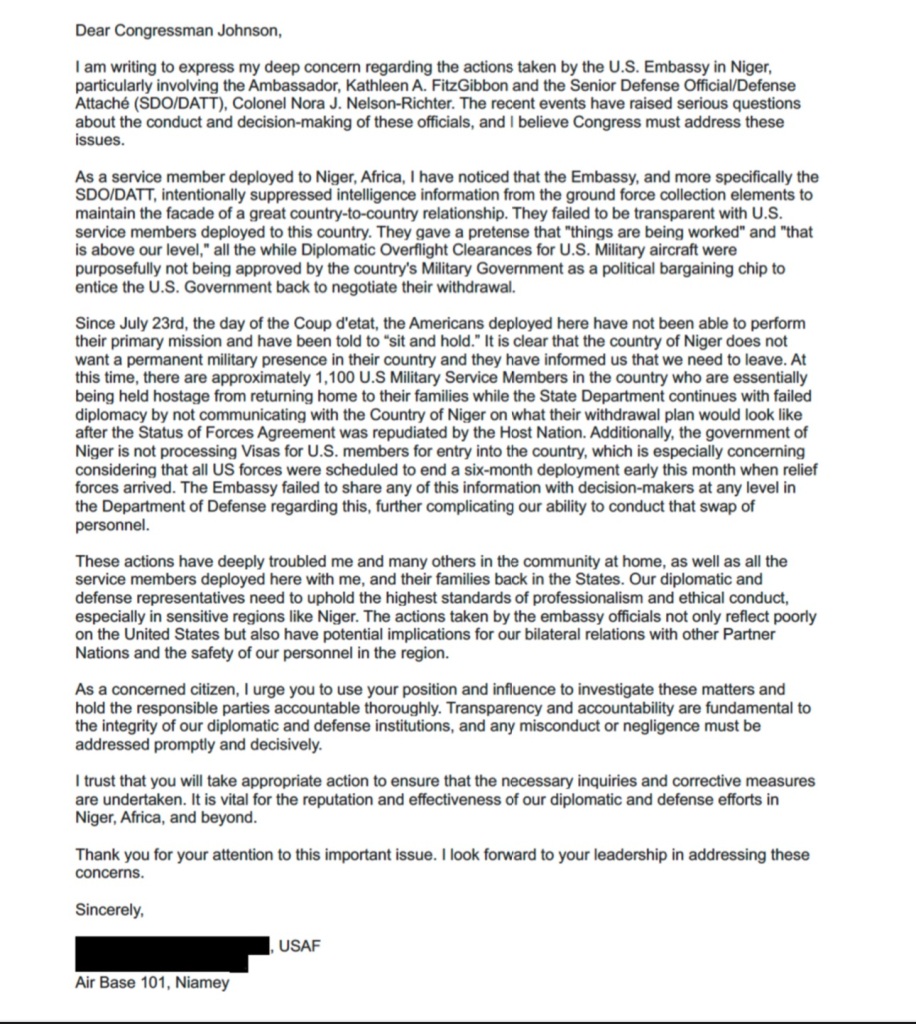Europe Hatches Plans for Ukraine Peacekeepers Without U.S.
Western allies are trying to hash out a bold European idea: sending 10,000 to 30,000 troops to Ukraine to help enforce any eventual peace deal with Russia.
…
As things stand, the chance of this force ever heading to Ukraine is a long shot, says Bence Németh, a defense expert at King’s College London. European leaders say they will only send troops if there is a lasting peace in Ukraine. Russian President Vladimir Putin has so far ruled out signing a peace deal that includes Western forces in Ukraine.
Read More »


You must be logged in to post a comment.